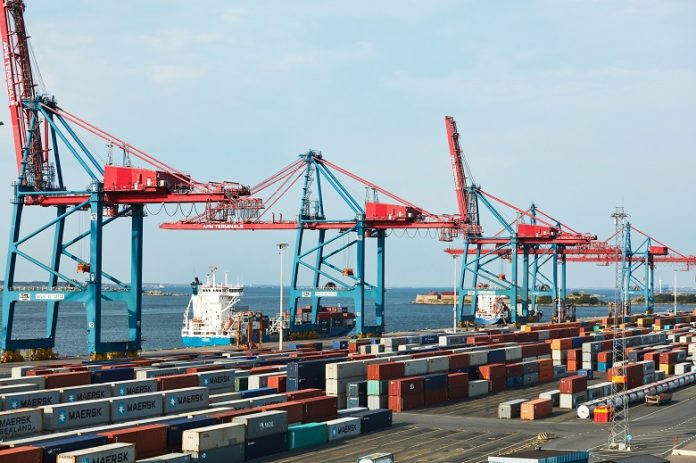Port and terminal congestion is continuing to impact the operations of the major container carriers into 2022. While there are signs of improvements, data from research and analysis firm Sea-Intelligence continues to show persistent scheduled delays with as many as one-in-ten container ships unavailable due to supply chain delays.
“Congestion indicators are showing signs of improvement,” said Alan Murphy, CEO of Sea-Intelligence, while noting “the congestion situation is still far from normal.” His firm tracks schedule reliability across 34 different trade lanes and more than 60 carriers plus they have developed a terminal congestion index by using the bi-weekly customer advisories from HMM.

Sea-Intelligence’s analysts report that their terminal congestion index for North America has been gradually increasing since reaching an apex of a little over 80 percent in January 2022, but remains at a highly elevated level. The improvement in North America is also appearing in Europe where Sea-Intelligence reports “substantial improvement in the overall congestion index over the past month.” They highlighted improvements in Spain, Italy, and Greece, but reported that among the busiest container ports, Rotterdam and Hamburg, there is not much improvement.
Despite the signs of progress, Sea-Intelligence calculates that 10.5 percent of the global fleet is still unavailable due to supply chain delays, down from 13.8 percent in January. “This means that 3.3 percent of the global fleet has been released back into operation from January to April,” explains Murphy. He notes that the loss of capacity is the most important factor in the ongoing crisis while saying that capacity absorption has acted as a leading indicator for rate developments.